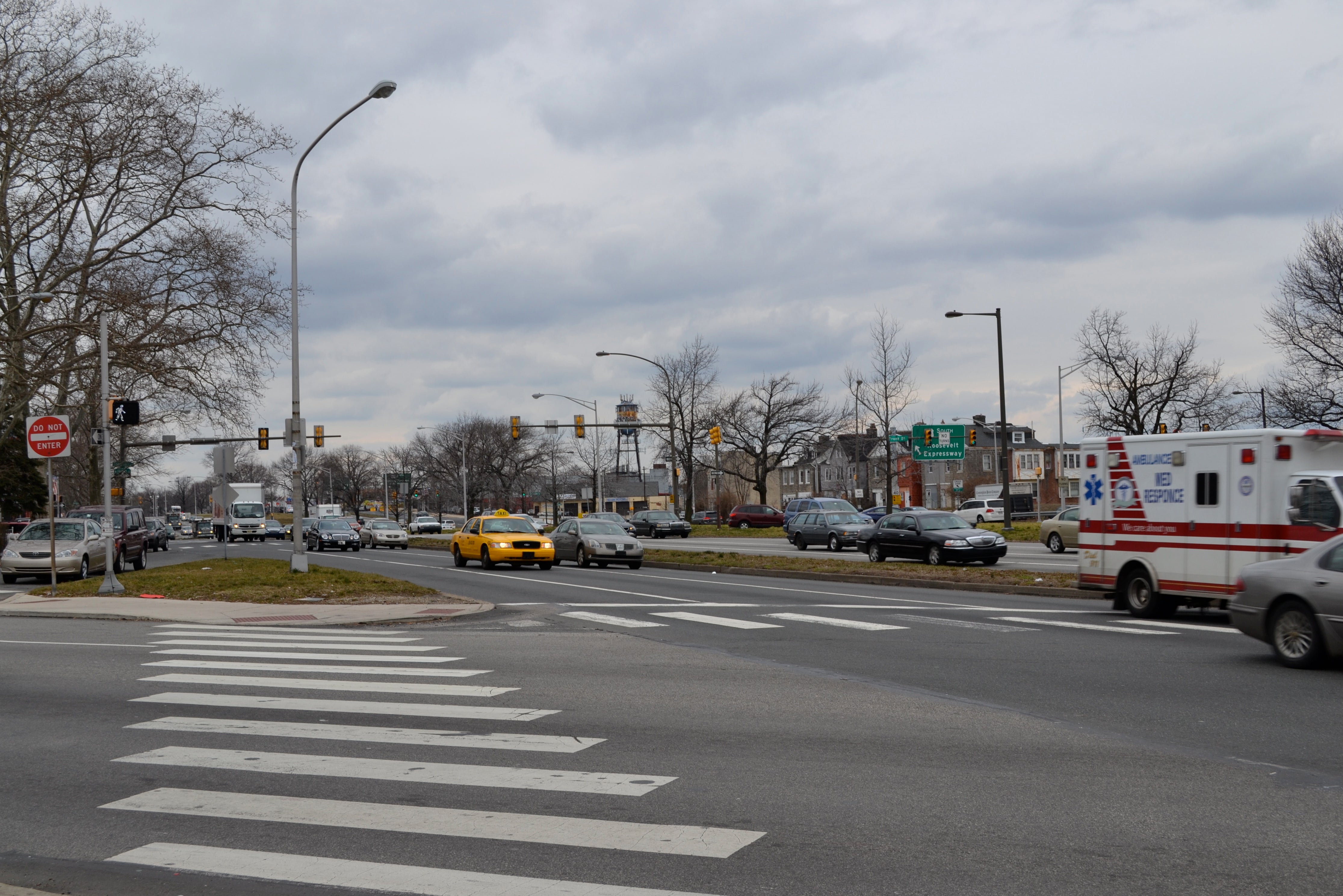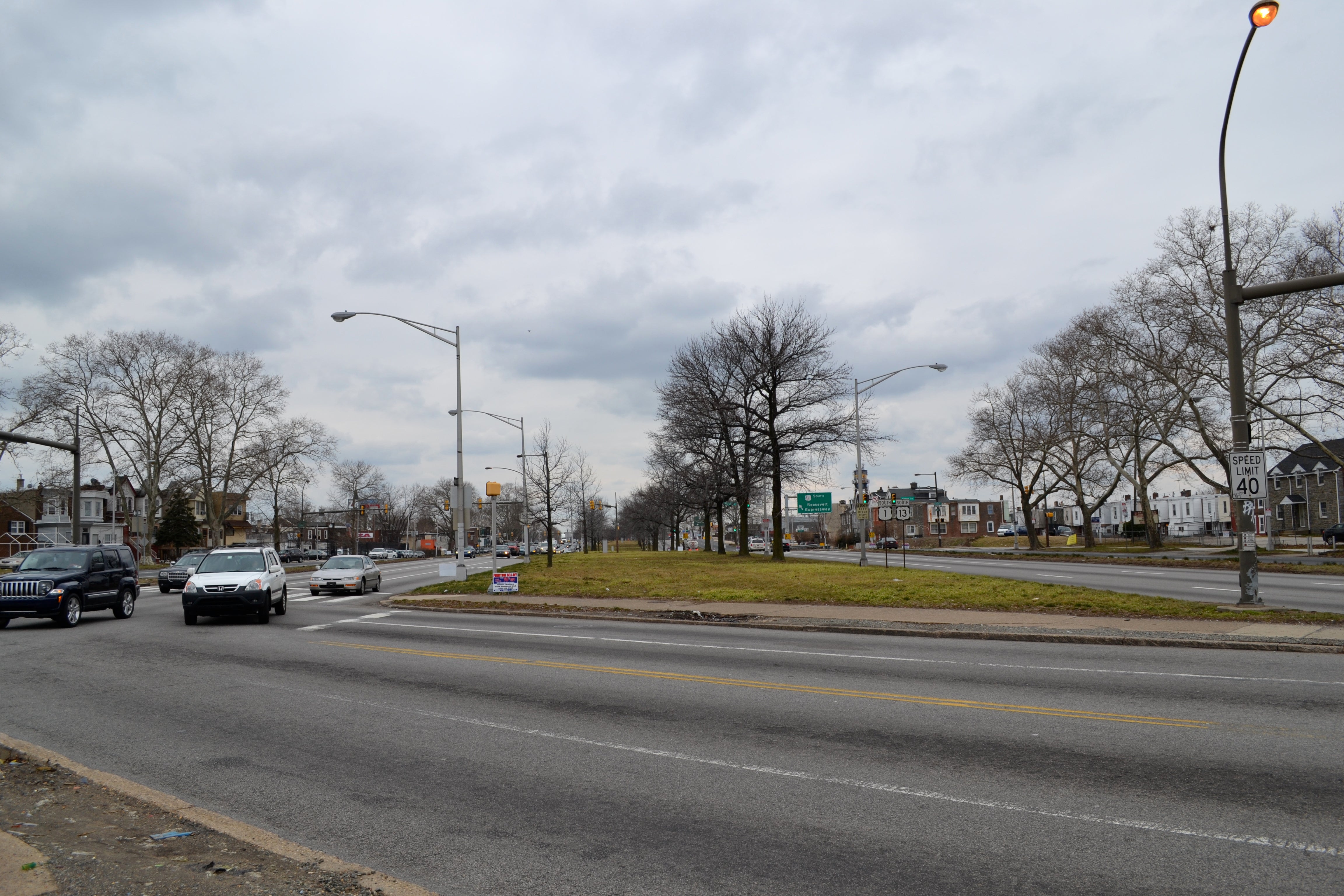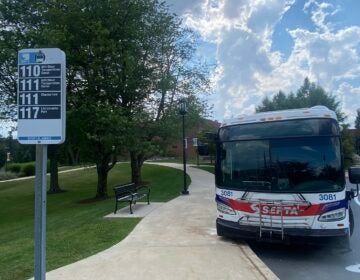Roosevelt Boulevard heavy rail too expensive, study looks at other options

For years, the city, regional planners and residents have looked at Roosevelt Boulevard and daydreamed of bringing heavy-rail mass transit to the wide, high-traffic corridor that bisects Lower Northeast Philadelphia. But now, given the high cost of such an endeavor, it appears to be time to lower the bar and look at less expensive light rail or even simply bus service improvement options.
This summer the Delaware Valley Regional Planning Commission (DVRPC) hopes to launch a study that will look at financially feasible mass transit options for Roosevelt Boulevard.
“The idea for this project is to take a fresh look at the corridor and to look at every alternative that would run on the street as opposed to under the street or over the street,” said Greg Krykewycz, manager of DVRPC’s office of transit, bicycle and pedestrian planning and one of two project managers for the study.
The Boulevard, which has two of the country’s most dangerous intersections, has been studied extensively in the past. Completed in 1914 as both a boulevard and, then, an expansive green space, the stretch connects the Far Northeast with I-76. Today it is an auto-centric, 12-lane, 300-foot-wide artery that carries as many as 75,000 to 90,000 vehicles per day. Its high traffic volume and width – including an 80-foot central median – bisect the Lower Northeast District and pose a pedestrian challenge.
Improved mass transit along the Boulevard was looked at in 2003’s Roosevelt Boulevard Corridor Transportation Investment Study, included in DVRPC’s 2008 Long-Range Vision for Transit and a focus of both the Philadelphia 2035 comprehensive plan and Lower Northeast District Plan. These studies, though, have focused on heavy rail options such as extending the Broad Street Line subway or building an elevated rail system.
While a heavy rail option, “kind of the Cadillac project,” is far and away the priority of the public Krykewcz said, it could cost somewhere in the ballpark of $3 billion. The project could potentially qualify for federal funding, but it would still require a 50 percent local match.
“For a variety of financial reasons, the heavy rail alternative isn’t really in the cards in the near term or in the foreseeable future,” Krykewycz said.
The city simply cannot afford a $1.5 billion local match given its current transportation project needs and state of good repair backlog, he said.
Improving mass transit on the Boulevard is not a lost cause though. It may just require a different approach.
“Part of the idea and part of the niche here is that heavy rail alternative is so firmly entrenched in people’s minds as the best way to go that we really do want to take a fresh look at the corridor and kind of start with a blank slate and see what we come up with” Krykewycz said.
Pending final PennDOT approval, the $200,000 year-long study will begin this summer and will call out four development options for transit along the Boulevard. Each option will fit into one of the following categories: 1. existing service and low-cost/high-impact investments – least expensive 2. a “better bus” or “Bus Rapid Transit [BRT]-lite” system 3. a full-fledged, exclusive-right-of-way BRT investment and 4. a light rail transit option – most expensive.
Ridership numbers and implementation programs will be developed for each of the four categories. The options could range in cost from a million dollars to hundreds of millions, approaching if not exceeding, one billion dollars, Krykewycz said. How many people might use any given option will depend on if the planners can develop a service that gets people where they want to go in a time-competitive way – a big challenge because the Boulevard has complex and multidirectional travel patterns.
In light of that multidirectional travel, this study will look at how to extend the transit not only to Center City and University City but to Bucks County and Montgomery County, as well.
To identify the best transit option for each of the four cost categories, DVRPC will work with the City of Philadelphia – including the Mayor’s Office of Transportation and Utilities, the Philadelphia City Planning Commission and the Streets Department – as well as Bucks County Planning Commission and SEPTA.
“We’re hoping to be as expansive as possible early on in the process to gather as many good ideas as we can so that we can do a little bit of analysis on and shake out the ones that might have some feasibility for advancement,” Krykewycz said.
The study will also include public outreach, and Krykewycz encourages interested residents to get involved in.
“We want to get as many ideas as we possibly can to work with, so no idea is too small or too big,” he said. “Except for heavy rail, which is too expensive.”
WHYY is your source for fact-based, in-depth journalism and information. As a nonprofit organization, we rely on financial support from readers like you. Please give today.









